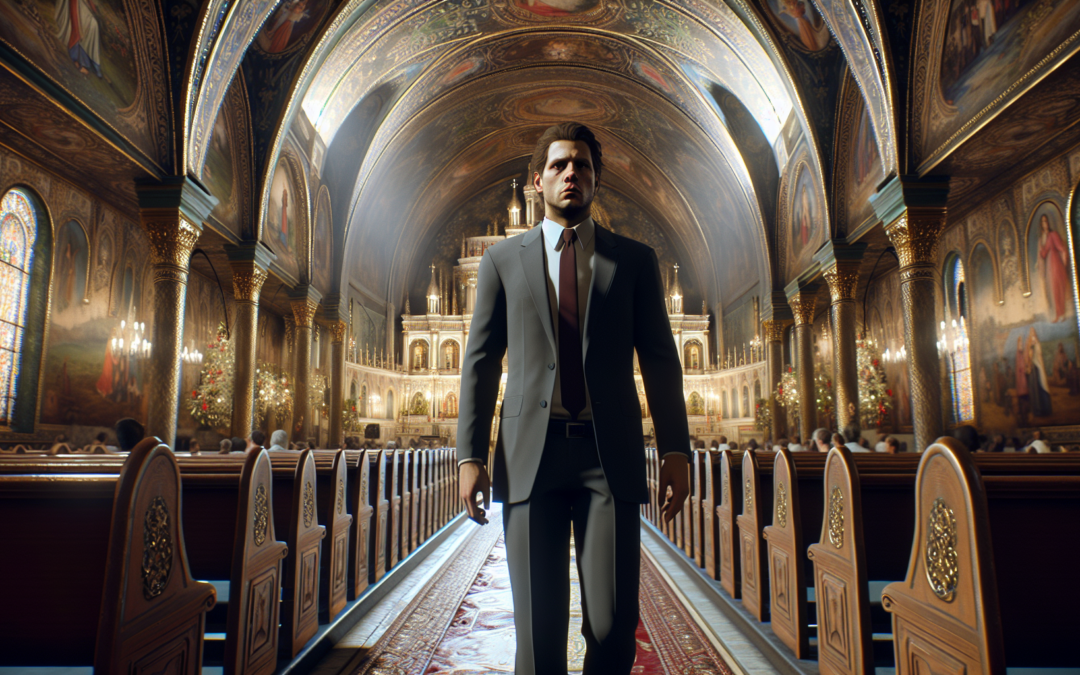The Guardians at the Crossroads: Navigating the Storm of Civility
In recent years, the public square of discourse, both real and virtual, has burgeoned with voices demanding an unfiltered glimpse into the workings of our societal machinery. While transparency stands as a pillar of democracy, the relentless invasion of so-called “frauditors” into the everyday mechanisms of public service casts a shadow of disruption and dissatisfaction upon those entrusted to maintain the fragile balance of safety and peace. Monumental, a warzone of perspective and intent, became a crucible for this conflict—a testament to the evolving clash between civic duty and individual activism.
The Loneliness of the Long-Distance Officer
Enshrined in the annals of public service, law enforcement officers bear a lonely duty. Charged with upholding the thin blue line that separates order from chaos, these dedicated men and women embody the weighty expectations of society. In the crucible of their duty, they act not merely as arbiters of the law but as custodians of the moral framework upon which our civilization rests. However, no amount of preparation can truly preempt the disorienting reality these guardians face when their motives are questioned, their actions dissected, and their presence met with outright hostility.
Picture an officer standing under Monumental’s imposing edifice as a herd of obscuring lens focuses intently, a crowd drawing close with itchy anticipation—ready to judge, to comment, to demean. In the eyes of these observers, trained like hawks on every eye twitch or hand movement, nuance is swallowed whole. This dynamic converts officers from protectors to performers in a circus they never chose, flipping the script on their primary function: service and protection.
The Burdens of Scrutiny
To journey into the psyche of law enforcement is to walk a meticulous tightrope between vulnerability and justice. Jurors in the courtroom of public opinion, these officers face a relentless tide of scrutiny that leaves little room for error. Repeated run-ins with digital-age watchdogs erode the thin buffer once venerated by draping uniforms—an obfuscation that moves deeper into the recesses of an officer’s will, chiseling away at their trust in the public they serve.
As enforced accountability gives way to public spectacle, officers encounter resistance and questions laced with contempt—a dangerous breach both personal and institutional. The spotlight transforms interactions into a theater of distrust, shifting the focal point from a shared goal of community safety to an impromptu public trial, where verdicts are handed down with prejudice. Against this backdrop, officers must decide how deeply to internalize the friction. After all, beneath the uniform lies complexity and humanity equal to any frauditor’s fervor.
Between Expectation and Reality
These unsung heroes, willing to lay life and limb in service of strangers, traverse the challenging threshold between public expectations and the gritty complexities of reality. For in the rush to capture irregularities or purported infractions, nuances become casualties of a greater cause—a fragmented depiction of what justice truly requires.
In every impromptu video, every pixelated clip with a click-bait headline, the grating juxtaposition of righteous watchdog and beleaguered officer rings loud. Media-savvy and action-biased, frauditors wield an edge that law enforcement can’t—a circular framing of engagement, where any defense eases into culpability.
Consider the handful of officers detailed to protect the symbolic sanctum of our democracy. Every bead of sweat, every touch of restraint, screams volumes within an atmosphere heavy with expectation. Unlike their self-styled adversaries, their oath denies immediate response or reprisal. Their patience runs the precarious edge of perception—garnering anything from applause to scorn based on heartbeats and breaths miscounted into a rising tide of viral critique.
A Call to Empathy
Few would willingly uproot themselves from the comforts of assumed safety. Yet, every officer places themselves betwixt potential harm and civilian life—a choice driven not solely by duty, but by a pledge winnowed from heartfelt conviction. The emblem of the badge should resonate beyond the immediacy of authority—it whispers unswervingly of service rendered in love, hope, and collective security.
As the digital gaze questions their resolve, these officers need more than video uploads and reams of watchdog rhetoric to truly encapsulate their purpose. Real reform demands an empathetic connection—an awareness woven from shared triumphs and collective trials, where the quintessential assurance of heroes harmonizes with citizenry’s striving spirit.
The human condition endeavors to seek understanding within another’s eyes. Law enforcement, life on the precipice and duty ever lukewarm in a mercurial landscape, yearns for validation as it yearns for peace—a poignant reminder that, within every stand-off and shouting match echoed through Monumental’s history, lies the opportunity for redemption on the embittered tide.
To join the dialogue that seeks a balanced approach in addressing public and law enforcement interaction, explore our ongoing discussions at The John Ligato Show or subscribe to our YouTube channel here. For in-depth analysis and varying viewpoints, you may view detailed breakdowns of recent incidents like this one here.

Recent Comments